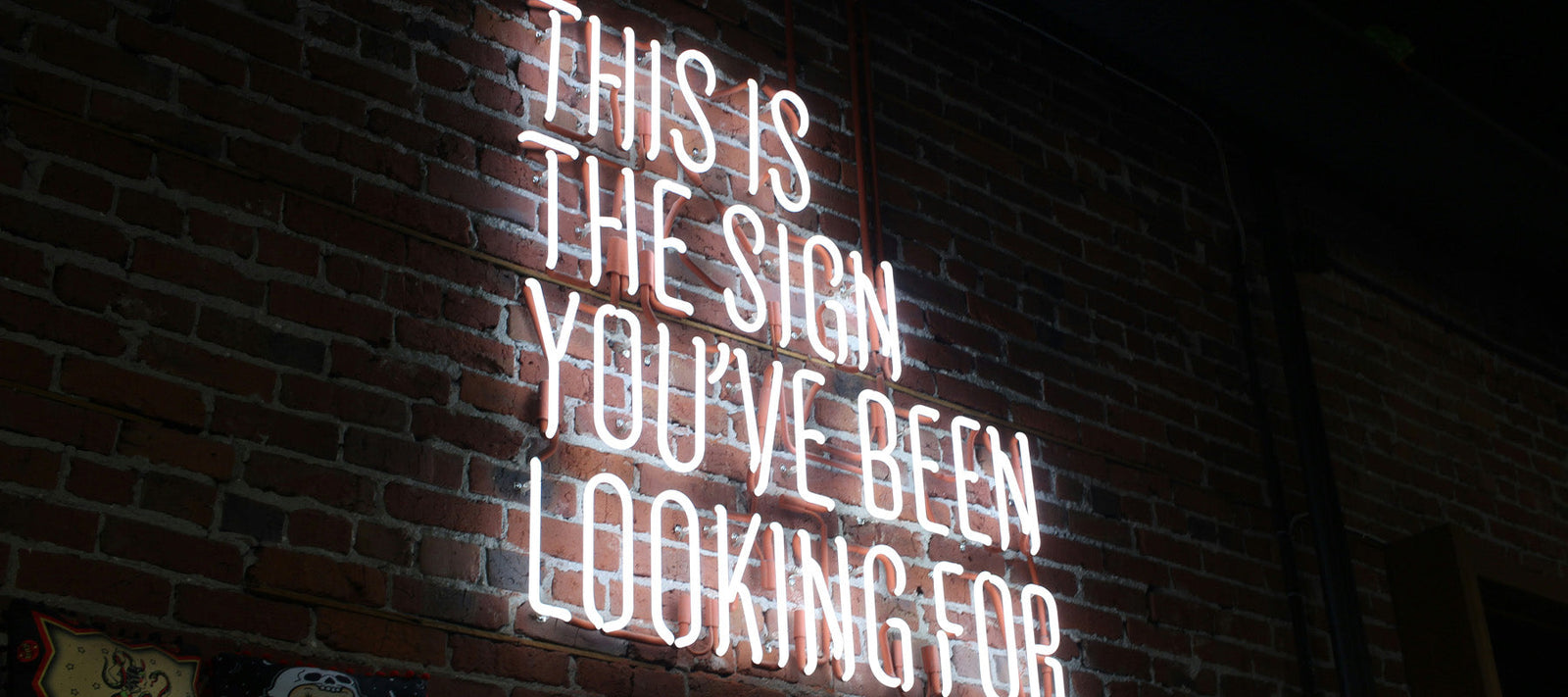In the fast-paced world of retail, creating a strong visual presence is essential for capturing customers' attention, reinforcing brand identity, and driving sales. One of the most powerful tools for achieving this is retail printing, which includes everything from banners and posters to in-store displays and product packaging. Retail printing is an art that combines strategic design with high-quality materials to create a memorable shopping experience that turns casual browsers into loyal customers.
This ultimate guide will walk you through the key elements of retail printing, exploring the importance of each type of print material and offering tips on how to make the most of them for your brand. Whether you’re launching a new store, promoting a sale, or refreshing your store layout, this guide will help you understand the best practices for effective retail printing.
Banners: Big, Bold, and Eye-Catching
Banners are a versatile and impactful way to draw attention to your brand, promotions, or new product launches. Whether placed inside or outside a store, banners create a strong visual impact and are often the first thing customers see when they approach.
Types of Retail Banners:
- Outdoor Banners: Made with durable, weather-resistant materials, outdoor banners are perfect for attracting foot traffic and promoting sales or events.
- Hanging Banners: Used indoors, these banners are often placed high up to catch attention from a distance, guiding customers to specific areas within the store.
- Roll-Up Banners: Portable and easy to set up, roll-up banners are ideal for seasonal promotions and can be moved around as needed.
Tips for Effective Banner Design:
- Use bold colours and large fonts for readability from a distance.
- Include a clear call-to-action (CTA), such as “Shop Now” or “Limited Offer.”
- Choose high-quality materials to ensure durability, especially for outdoor use.
Posters: Affordable and Impactful Visuals
Posters are an affordable and effective way to communicate brand messages, highlight product features, and share information about promotions or seasonal collections. They can be strategically placed at eye level to maximise visibility and engagement.
Key Uses for Posters:
- Promotional Posters: Highlight sales, discounts, or new product lines to encourage impulse purchases.
- Product Feature Posters: Showcase key product features, benefits, or usage ideas to educate customers and drive interest.
- Directional Posters: Guide customers to different sections within the store, enhancing the flow and overall shopping experience.
Design Tips for Posters:
- Use high-resolution images and sharp typography for a polished look.
- Keep text minimal to avoid overwhelming the customer; focus on a single message or theme.
- Consider framing or mounting posters to add a premium touch.
Window Clings: Grabbing Attention from the Outside
Window clings are printed graphics that adhere to store windows, offering a flexible and eye-catching way to communicate with passersby. They’re ideal for promoting special offers, seasonal campaigns, or brand messaging.
Benefits of Window Clings:
- Easy to Update: Window clings can be easily removed and replaced, making them perfect for seasonal promotions or temporary messages.
- Visibility: Placed at eye level on large windows, they can effectively capture the attention of people passing by.
- Cost-Effective: Window clings are affordable and can create a significant impact without a large investment.
Design Tips for Window Clings:
- Make use of bold colours that stand out against your store’s background.
- Keep messages short and impactful, as customers may only have a few seconds to absorb the information.
- Consider using translucent or frosted designs for a unique effect that still lets light through.
In-Store Signage: Guiding the Customer Journey
In-store signage is critical for guiding customers through the store, providing product information, and enhancing the overall shopping experience. Effective signage can improve store navigation, promote specific products, and help create a cohesive brand experience.
Types of In-Store Signage:
- Directional Signage: Guides customers to different departments or sections, making the shopping experience smoother.
- Promotional Signage: Highlights discounts, sales, or special offers.
- Informational Signage: Provides useful details about products, such as ingredients, size options, or benefits.
Tips for In-Store Signage:
- Place directional signage at key decision points, such as near store entrances or major aisles.
- Use consistent brand colours and fonts to reinforce your brand identity.
- Ensure all signs are easy to read and strategically placed for maximum visibility.
Shelf Talkers and Wobblers: Enhancing Product Visibility
Shelf talkers and wobblers are small signage pieces attached to shelves to highlight specific products, promotions, or key product features. They’re highly effective at drawing attention to products at the point of purchase, encouraging impulse buys.
Benefits of Shelf Talkers and Wobblers:
- Engagement: These small signs create a dynamic and interactive display by calling attention to products that might otherwise be overlooked.
- Flexibility: Shelf talkers and wobblers can be easily swapped out to reflect changing promotions or new products.
- Cost-Effective: These signs are small and inexpensive but can have a big impact on sales.
Design Tips:
- Use bright colours and large fonts to attract attention.
- Keep the message concise, focusing on benefits or promotional details.
- Experiment with different shapes and materials for added visual interest.
Floor Graphics: Engaging Customers with Creative Direction
Floor graphics are a unique and creative way to guide customers through your store, encourage social distancing, or highlight product categories. Placed strategically, floor graphics add another layer of visual engagement and can be particularly effective in larger stores.
Uses of Floor Graphics:
- Wayfinding: Help customers navigate the store by pointing to specific departments or key areas.
- Promotions: Direct customers to special promotions or seasonal collections.
- Engagement: Add creative graphics or messages to entertain and engage customers.
Design Tips for Floor Graphics:
- Use durable, non-slip materials to ensure customer safety.
- Choose contrasting colours to ensure the graphics stand out against the floor.
- Keep messages short and simple, as customers may only glance at them briefly.
Point of Purchase (POP) Displays: Driving Impulse Sales
POP displays are strategically placed near checkout areas to encourage last-minute purchases. These displays showcase items that customers might buy on impulse, such as small accessories, snacks, or seasonal products. High-quality printing and creative design make these displays attractive and hard to miss.
Types of POP Displays:
- Counter Displays: Small stands placed on counters or at checkout to highlight small items or promotional products.
- Freestanding Displays: Larger structures that can hold multiple products and are placed near the point of purchase.
- End Caps: Display units at the end of aisles that showcase featured products or special offers.
Design Tips for POP Displays:
- Use eye-catching colours and clear messaging to capture customers’ attention.
- Incorporate brand elements, such as logos or taglines, to reinforce brand identity.
- Arrange products in an organised and visually appealing way to make selection easy.
Product Packaging: The Ultimate Brand Ambassador
Product packaging is one of the most important types of retail printing because it’s the first physical interaction a customer has with your product. High-quality, well-designed packaging communicates product value, builds brand recognition, and can set you apart from competitors on the shelf.
Key Elements of Effective Packaging:
- Branding: Consistent brand colours, logos, and messaging help customers recognise your brand.
- Functionality: Packaging should be easy to open, store, and, if possible, environmentally friendly.
- Aesthetics: Use high-resolution images and creative design to make the packaging visually appealing.
Tips for Product Packaging:
- Use durable materials that reflect the product’s quality.
- Ensure the design is both visually appealing and informative.
- Consider adding QR codes or interactive elements for an enhanced customer experience.
Digital Printing vs. Offset Printing: Choosing the Right Method
Choosing the right printing method can impact quality, cost, and turnaround time. Understanding the differences between digital and offset printing can help you make the best choice for your project.
Digital Printing:
- Ideal for short runs or customised projects.
- Offers quick turnaround and flexibility in design.
- Perfect for smaller businesses or test campaigns.
Offset Printing:
- Best for large-volume print jobs, providing cost savings on big orders.
- Produces high-quality, consistent results with greater colour accuracy.
- Ideal for large-scale retail campaigns and mass-produced materials.
Choosing a Retail Printing Partner
Working with a reliable printing partner is key to achieving high-quality results. Look for a printing provider with experience in retail printing, a track record of meeting deadlines, and a portfolio that aligns with your brand’s quality standards.
Considerations When Choosing a Partner:
- Quality of Previous Work: Request samples to evaluate print quality.
- Range of Services: Ensure they can handle all types of printing you need, from banners to packaging.
- Sustainability Options: Many consumers value eco-friendly practices, so look for partners who offer sustainable printing materials and practices.
Retail printing plays a critical role in shaping the customer experience, building brand identity, and driving sales. From eye-catching banners and posters to engaging floor graphics and point-of-purchase displays, every printed element serves as a touchpoint that can influence customer perception and buying behaviour. By investing in high-quality retail printing and strategic design, brands can create a cohesive and memorable in-store experience that resonates with customers and drives business growth.
With the right approach to retail printing, you can






